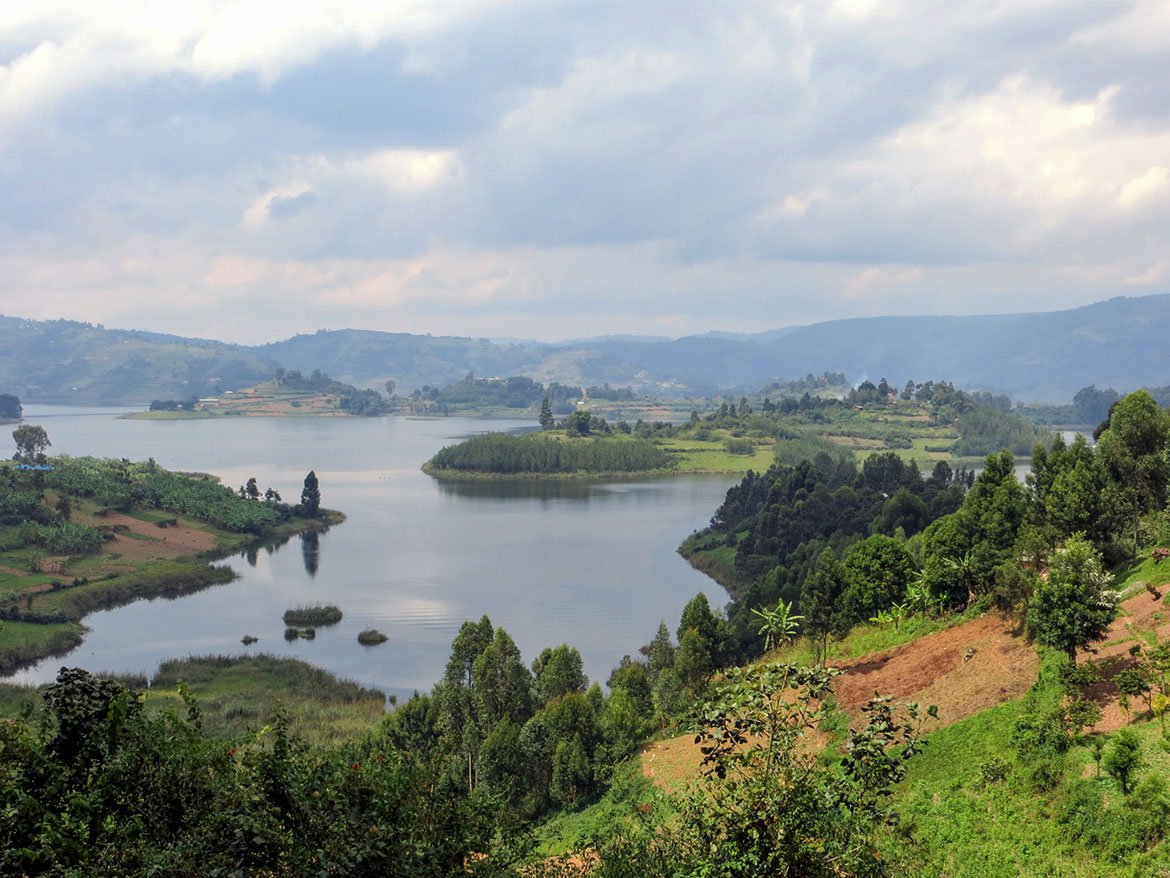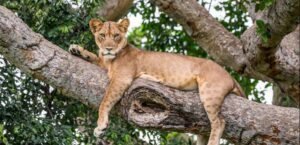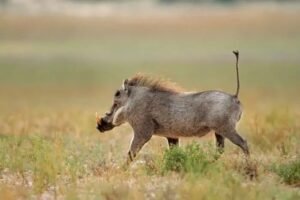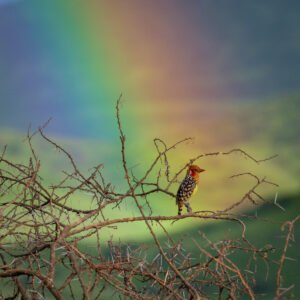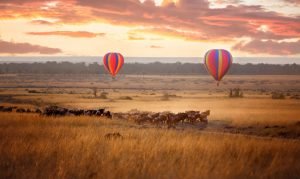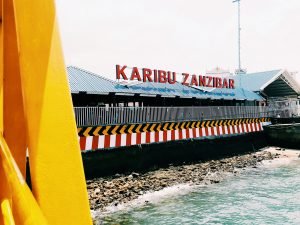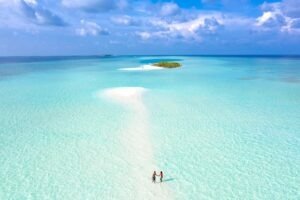
Gorilla Tracking and Wildlife Safari in Uganda
The Wildlife Safari in Uganda and with the highlight of Gorilla trekking, the pearl of Africa gives the feeling that all of Africa’s beauty has focused on one country.
If you are planning a trip to Uganda, you no doubt will want to see some of the country’s most inspiring attractions.
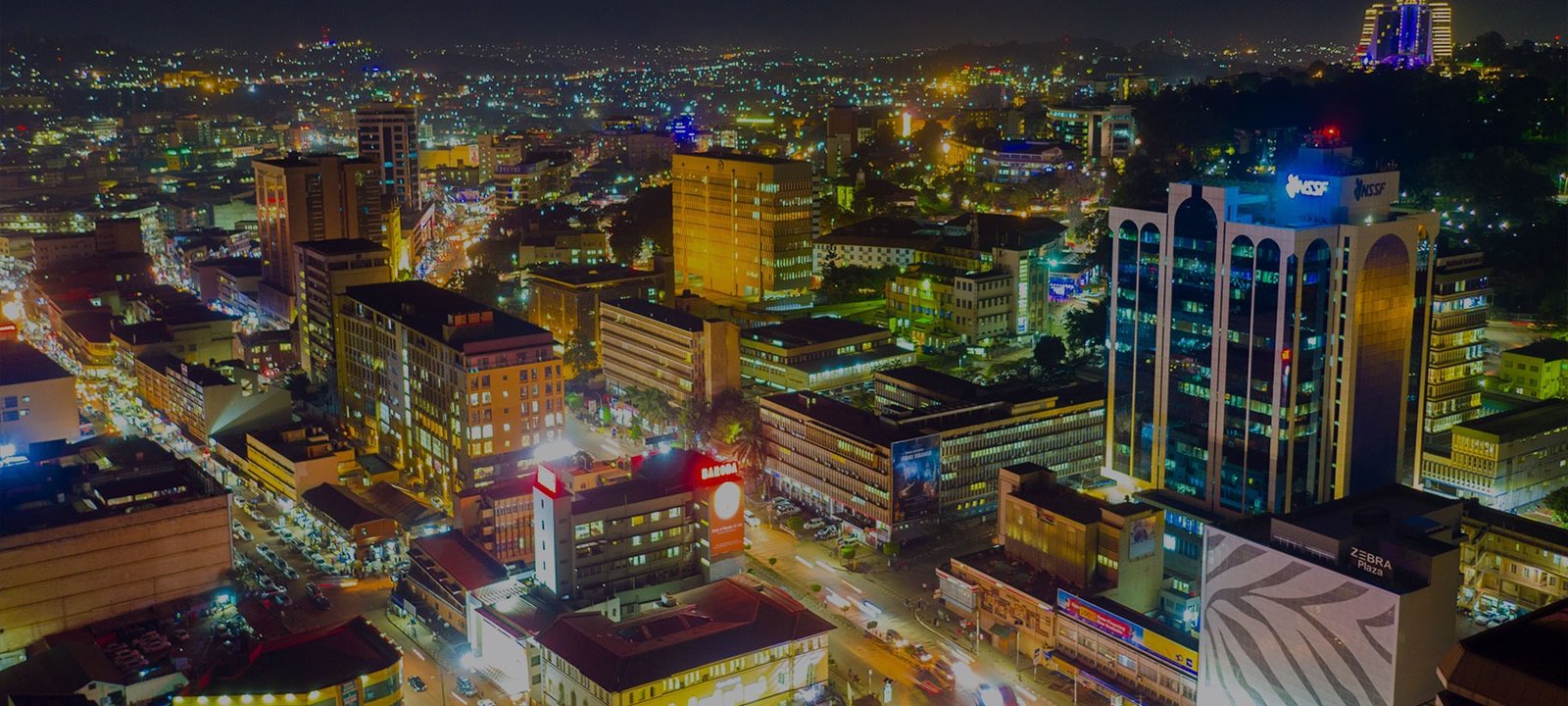
Beyond the natural wonders are the surrounding national parks, which offers you a wealth of African wildlife and exciting adventures that range from game drives to Nile River cruises and cultural encounters.
Uganda, with its 10 national parks, is an emerging tourism destination with considerable potential for endless adventures, safaris and treks.

The Green Country is in the equatorial region, in the eastern part of Central Africa and boasts a wide variety of landscapes.
Safaris, tropical rain forests alongside expansive savannas, the great rift valley, the highest mountain range, the Rwenzori and the most famous primates safari in the entire African continent. Uganda is the source of the White Nile that has impressive fracture lakes and waterfalls.

Abundant in wildlife and breathtaking landscapes, the country is teeming with untapped tourism attractions and free of the over-commercialization found within the borders of some of its neighbors.
Primates and Gorillas of Uganda together with High mountains with snow-capped peaks, facing the Syrian-African rift, safaris, mountain gorillas, tropical forests and Savannah plains. Arid areas and opposite water on all sides – Lake Victoria, White Nile and large waterfalls.


The National Parks of Uganda are;
Queen Elizabeth,
Lake Mburo,
Murchison Falls,
Kidepo Valley,
>Kibale National Park,
>Mount Elgon,
>Rwenzori Mountains,
>Semuliki National Park,
>Mgahinga Gorilla and
Bwindi Impenetrable National Parks.
These parks display the best in East Africa. Their Rift Valley landscapes and tropical forests make dramatic backdrops to an extensive variety of flora and fauna.
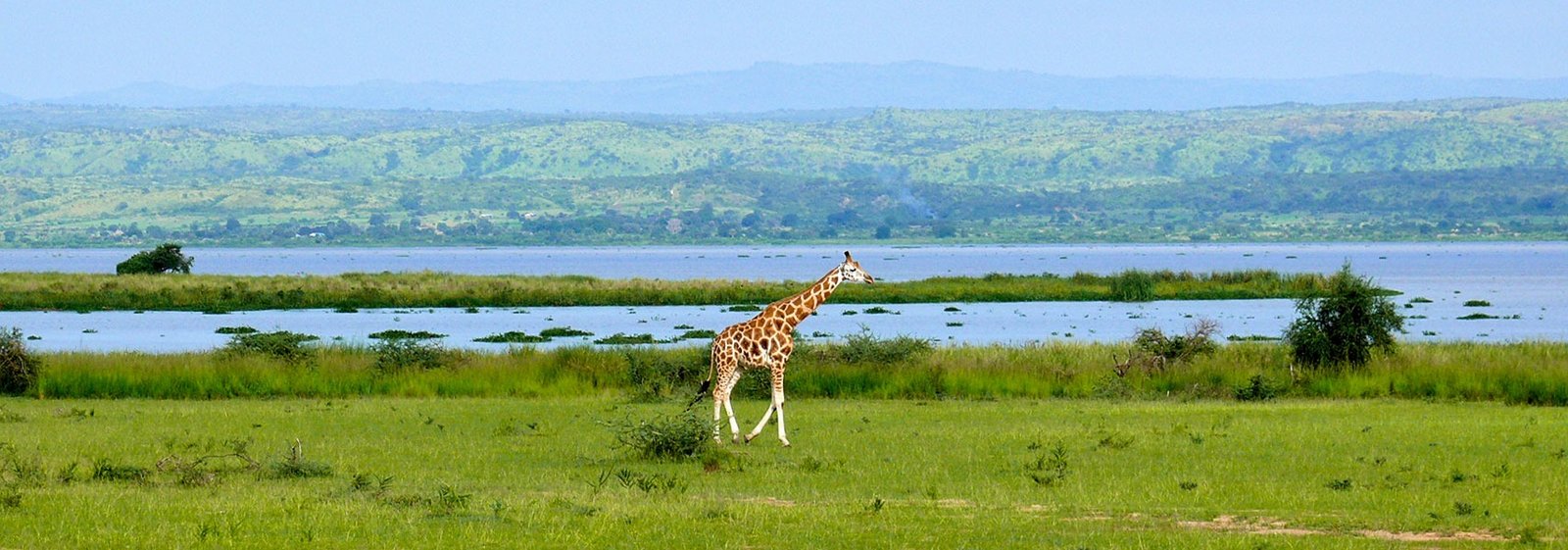
The parks offer ‘traditional’ savanna safaris along with boat tours, forest hikes, mountain climbing and wildlife research activities.
Uganda is unrivaled on the continent as a bird-watching destination with over 1,000 species of birds – several of which are found nowhere else on the planet. It is also home to 13 types of primates including over half of the world’s endangered Mountain Gorillas; and our closest relative – the chimpanzee.
Explore the wild Kidepo Valley; spot Queen Elizabeth’s tree-climbing lions; trek up the Virunga Volcanoes; summit the snow-capped Rwenzori Mountains; take on Bwindi’s “impenetrable forest”; learn ancient tribal traditions and crafts – or just relax at your lodge surrounded by the wonderful sights and sounds of Africa’s most hospitable destination.

Geography.
Set at the equator, Uganda is made up of four regions(Central, Eastern, Northern and Western) on an area of 236, 580 sq km, with its capital at Kampala.

The country is fortunate to harbour Lake Victoria, the second largest lake in the world forming the source of the Nile, the second largest river in the world.
Uganda lies astride the Equator in Eastern Africa between longitudes 29 East and East and between latitudes 4 North and South, at an average altitude of 1,100 meters above sea- level. The total area is 236,580sq.Km.

We are bordered by the Republic of South Sudan to the North, the Republic of Kenya to the East, the Democratic Republic of Congo to the West, and the United Republic of Tanzania and the Republic of Rwanda to the South.
Uganda experiences a temperate climate even though the majority of the country is within the Tropics with temperatures between 16 – 26’C for the majority of the year(April – November).
However, during the warmer months (December – March) temperatures reach in excess of 30.
21 DAYS AROUND UGANDA
How To Get To Uganda.
Within East Africa.
From outside East Africa, Uganda can be accessed by either road or Air and mostly by Air to Entebbe Airport. Water transport can also be used to travel in and around our destinations especially the ferry crossing from the Southern part of Murchison Falls National Park to the Northern part of Murchison Falls National Park.
There are Launch cruises to the bottom of the falls in Murchison Falls National Park and along the Kazinga channel in Queen Elizabeth National Park. Also Ssese islands are easily accessed by water from either Nakiwogo or Bukakata, some business people use the ferry to travel to Kisumu in Kenya and Mwanza in Tanzania.
Getting to Uganda by Road.

The Road transport network connecting other countries to Uganda is good for any visitor to reach the country. By road, Buses such as; Akamba, Kampala Coaches, Jaguar, Gaagaa, Easy Coach, Modern Coast, Baby Coaches, run between Kampala to Nairobi, Bukoba, Dar-es-salaam, Kigali, Bujumbura and Juba.
There are a variety of standard services from which you can choose to whichever destination you would wish to be.
Very often these buses have schedules to the different cities outside Uganda and it is recommended that you check with the respective bus for when they travel to and from a particular city to and from Kampala.
Beware of prior booking for these services as last minute bookings may lead to you failing out to get a seat on the bus.
Out Of East Africa
Airports in Uganda.
All flights from outside the country only have safe landing at Entebbe International Airport which is the only international airport in the country.
There is a plan of developing some other airstrips to attain international status too but apparently, one Airport stands out in Uganda. Some airstrips frequently used by travelers in the country include; Arua Airstrip, Moyo Airstrip, and Kololo Airstrip usually for business.
For tourism purposes, the airstrips that have been developed for easy connection to the different destinations in the country include; Apoka, Pakuba, Bugungu, Kasese, Mweya, Kihihi, Kayonza and Kisoro.
Airlines Connecting to Uganda.
Depending on where you are coming from, Uganda can be accessed by international airlines, and inter-Africa airlines.
Also domestically, only one airline connects you to the different destinations in the country that is; Eagle Air. International Airlines include; Turkish Airlines, Qatar Airways, British Airways, KLM Royal Dutch Airlines, Emirates Airlines, and Brussels Airlines.
Inter-Africa airlines include; Ethiopian Airlines, South African Airways, Egypt Air, Air Tanzania, Air Uganda, Kenya Airways, Rwandair Express, Fly 540, and Precision Airlines. There are also charter flights arranges to the different parts of the country offered by Kampala Aero Club, Ndege Juu Ya Africa, Air Serv, and Eagle Air.
Direct flights are available from London by British Airways, Brussels by Brussels Airlines, Instanbul by Turkish Airlines, and Amsterdam by KLM Royal Dutch Airlines.
There are direct flights from Doha by Qatar Airways, Dubai by Emirates Airlines. There are no direct flights from America but there are connections through code sharing airlines from Europe and South Africa.
The only direct flights between Uganda and other African countries are; Ethiopian airlines to Addis Ababa, Egypt air to Cairo, Kenya Airways to Nairobi, Rwandair Express to Kigali, and South African Airways to Johannesburg.
Charter services can be arranged on request by the leading service providers to include; Kampala Aero Club, Ndege Juu Ya Africa, Air Serv, and Eagle Air or by simply getting in touch with your local Uganda safari operator.
PRIMATES AND GORILLAS OF UGANDA – 6 DAYS / 5 NIGHTS
REASONS TO VISIT UGANDA.
GORILLAS AND CHIMPANZEES TRACKING AND HABITUATION.

Uganda is the land of the rare endangered mountain gorillas and has the highest number of habituated mountain gorilla groups in Bwindi impenetrable national park and Mgahinga national park.
For visitor looking to see gorillas in the wild, Uganda is a great choice as there are many gorilla permits available for each day.
THE BIG FIVE.
Who doesn’t want to boast that they’ve seen elephants, rhinoceros, buffaloes, lions and leopards during their wild African safari? In Uganda, it’s possible to view all of the “Big Five” – surely a memory to cherish for a lifetime.
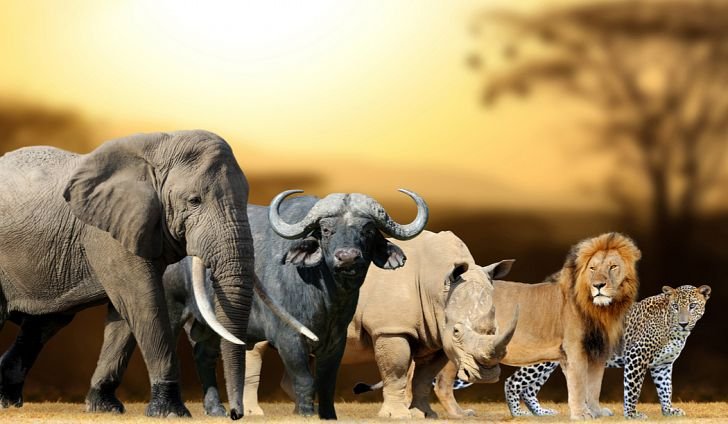
Enormous African elephants and Cape buffaloes are regularly spotted in great numbers during game drives and launch trips – there are estimated to be around 2500 elephants and some 7000 buffalo in Queen Elizabeth National Park alone.
Lions can sometimes be seen lounging in the fig trees of Ishasha in Queen Elizabeth or prowling across the rocks of Kidepo Valley, eyeing up unsuspecting herds of Uganda kob. You’ll have to be lucky to glimpse a well-camouflaged leopard – though the challenge of spotting this beautiful feline makes a rare sighting even more rewarding.
Rhinos have been hunted to extinction in the wild in Uganda – but Ziwa Rhino Sanctuary gives visitors the chance to walk up close to these huge, armoured creatures in the savannah – making Uganda one of the few destinations where you really can see the Big Five in their natural habitat.
PRIMATES, GORILLA & WILDLIFE OF UGANDA – 12 DAYS/11 NIGHTS
BIRDING SAFARI.

Uganda is a birder’s paradise. Over half of all bird species in Africa can be found here, making it one of the richest birding destinations on the continent.
Crammed into this diminutive country is an astonishingly rich diversity of habitats, from the scenic shores of Uganda’s many great lakes to the lush forests of the Albertine Rift and the banks of the mighty Nile River.
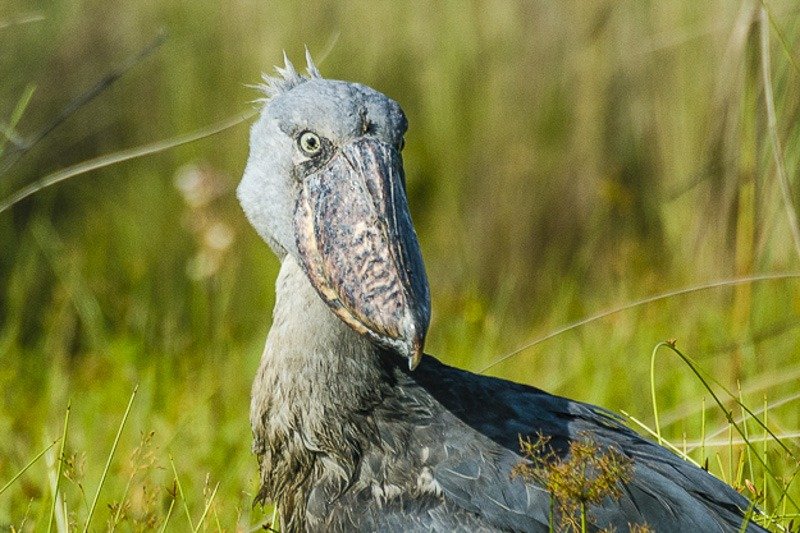
Though Uganda has only one endemic bird (Fox’s Weaver), 23 Albertine endemics occur here which are rarely observed elsewhere.
These include the Handsome Francolin, Rwenzori Turaco, Rwenzori Nightjar, Dwarf Honeyguide, African Green Broadbill, Archer’s Robin-Chat, Grauer’s Rush Warbler, Short-tailed Warbler, Grauer’s Warbler, Collared Apalis, Regal Sunbird, Strange Weaver, Dusky Crimsonwing, and Shelley’s Crimsonwing among others.
The record for the number of species recorded in a three-week period is 665… pack your binoculars, some sturdy shoes and your checklist, and challenge yourself to spot even more!
Uganda’s National Bird.
The grey-crowned crane is Uganda’s national bird, a mostly grey bird with white, red and black. The crane’s most prominent feature is the golden crown of feathers on its head. Additional characteristics show why this bird is named the national bird:

>They are monogamous.
>Males and females equally share parenting responsibilities.
>Either the male or female will perform what is known as the nuptial dance when courting.
>They can roost in trees because they can grip branches with their toes.
PRIMATES, GORILLAS AND WILDLIFE OF UGANDA – 10 DAYS / 9 NIGHTS
Murchison Falls National Park.
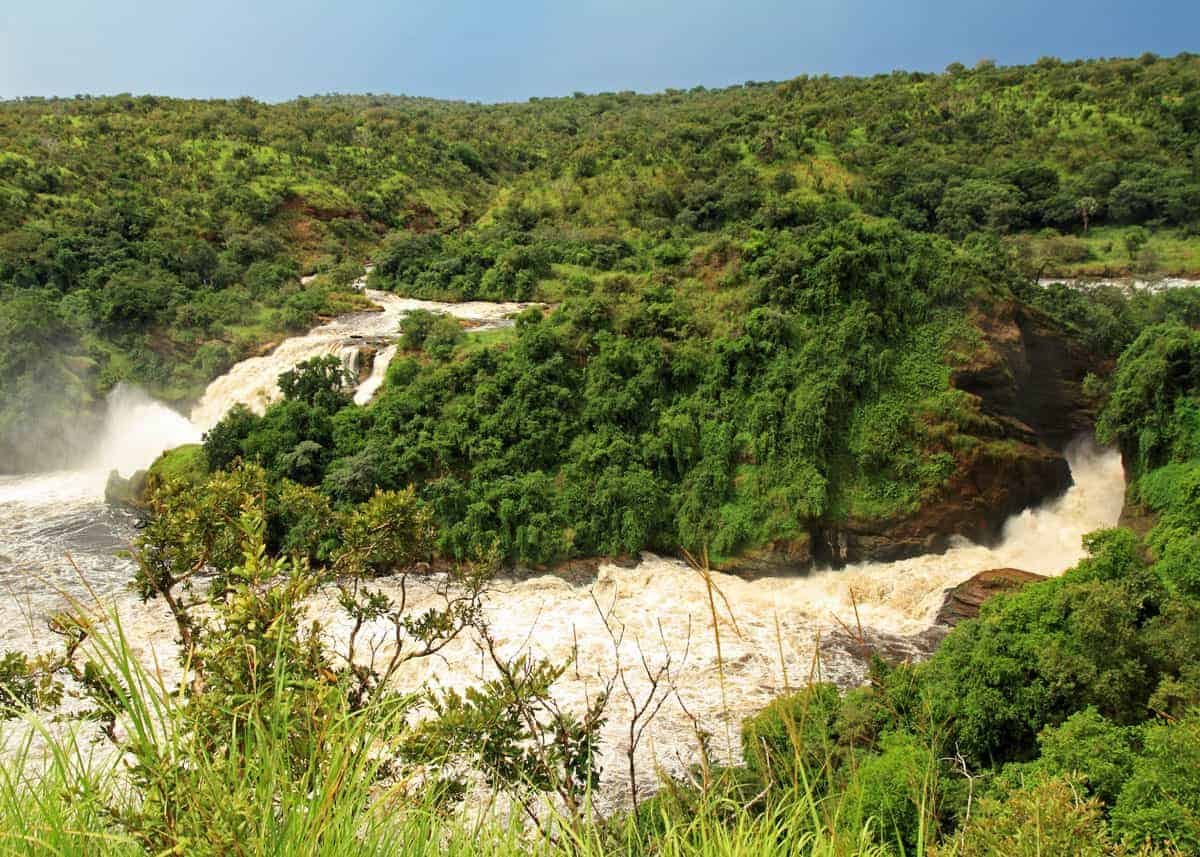
Out of all Uganda national parks, this is definitely one to add to your bucket list. The famous Nile river runs through it. If you hike to the top of Murchison Falls, you can see where the Nile River rushes through the Albertine gorge heading towards Egypt.

This is the country’s largest national park and one of the best places to see Africa’s Big Five that includes the endangered Rothschild giraffes, which are the tallest of giraffes.

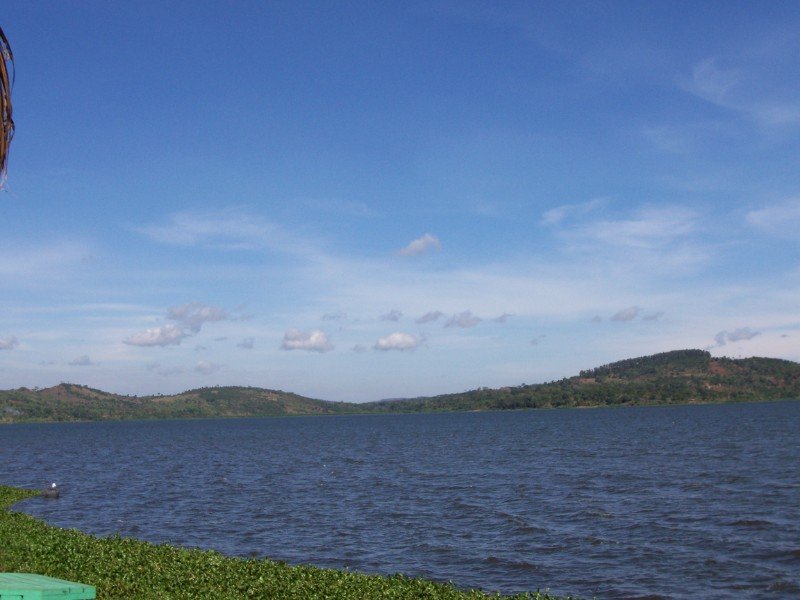

PRIMATES, GORILLAS AND WILDLIFE OF UGANDA – 10 DAYS / 9 NIGHTS
You can enjoy many other activities too, such as a Nile River boat safari to view wildlife and visit the Ziwa Rhinoceros Sanctuary.
MOUNTAINS/VOLCANOES.
Uganda has the third highest peak in Africa, four extinct volcanoes and one of the largest intact calderas in the world – not bad for such a compact country!
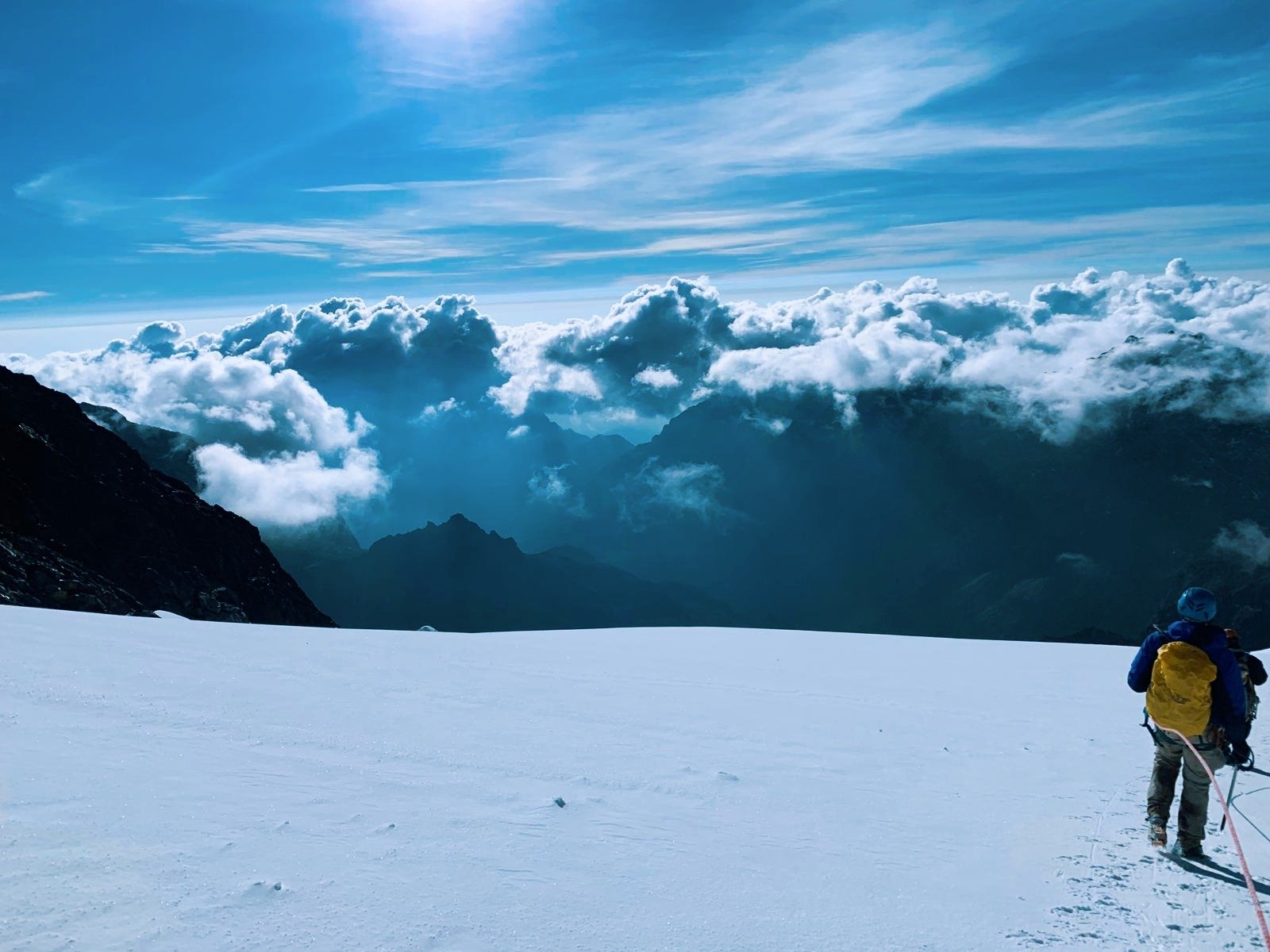
Those who wish to stand on one of these awesome peaks are spoilt for choice. Inexperienced climbers or those short of time can choose one of the three conical Virunga Volcanoes in Mgahinga Gorilla National Park.
Any of the three can be summited in a day, and offer astounding views of Uganda, Rwanda and Democratic Republic of Congo.

Mount Elgon, on the Kenyan border, also requires no technical expertise, but the route to the top takes 4-7 days, passing through wonderful forest scenery, natural pools and past ancient caves.
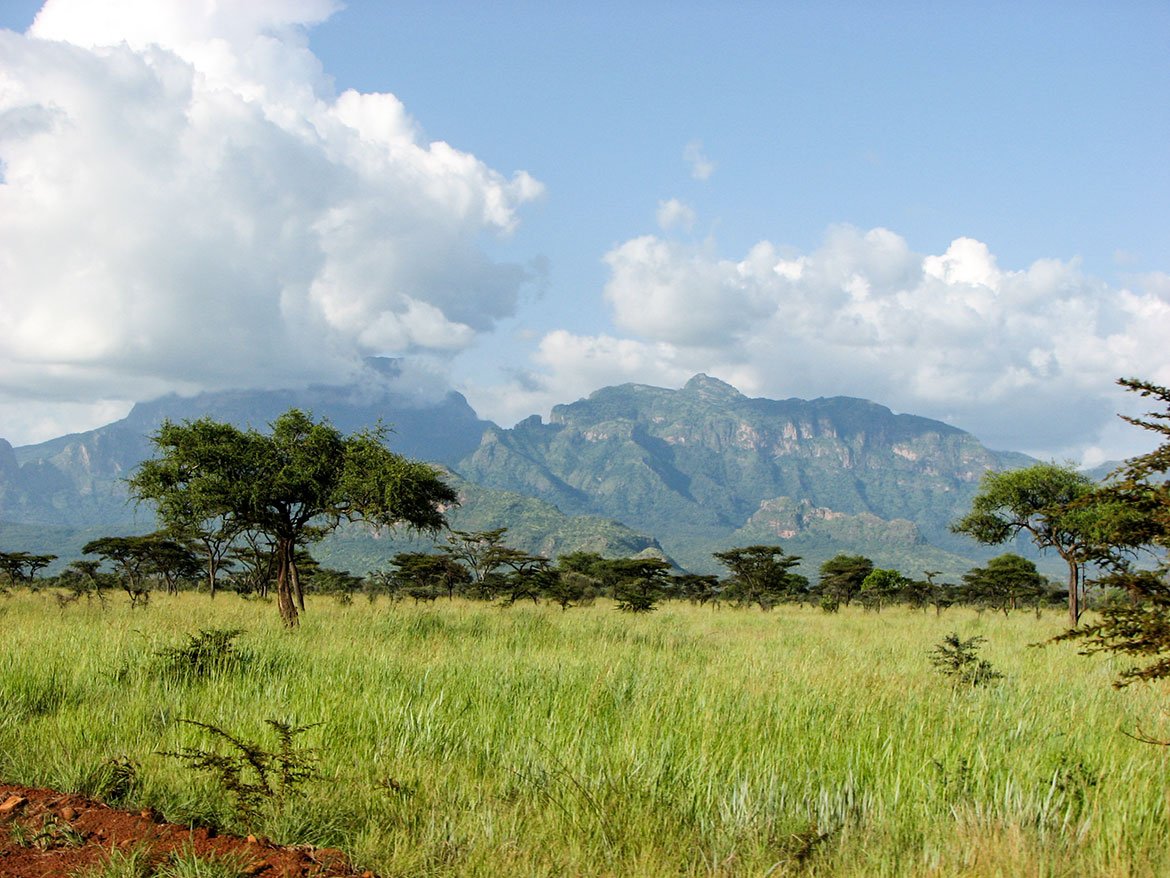
The true challenge is the Rwenzoris: Africa’s highest mountain chain. Inexperienced climbers will enjoy the enchanting forest scenery of the lower slopes – but only skilled mountaineers should attempt the nine-day trek to the snow-covered equatorial peaks.
Rwenzori National Park.
Uganda national parks are some of the most fascinating because of their picturesque landscape.

Rwenzori National Park is a hiker’s dream. It houses the snow-capped Rwenzori Mountains, which has the third largest mountain peak in Africa. The mountains are known for having varying climates and species.

In Rwenzori, you can see forest
elephants, leopards and over 217 species of birds. It also consists of 17 species that are endemic to the park.
8 DAYS RWENZORI MOUNTAIN TREK
UNIQUE CULTURES.
Situated at the geographical heart of the African continent, Uganda has long been a cultural melting pot, as evidenced by the existence of 30-plus indigenous languages belonging to five distinct linguistic groups, and an equally diverse cultural mosaic of music, art and crafts.

The country’s most ancient inhabitants are the Batwa and Bambuti Pygmies, relics of the hunter-gatherer cultures that once occupied much of East Africa.
To the north-east, the vast, arid plains are reigned over by the Karamojong, a fierce, semi-nomadic cattle-herding tribe, believed to have migrated south from Ethiopia several centuries ago.
At the cultural core of modern-day Uganda lie the Bantu-speaking kingdoms of Buganda, Bunyoro, Ankole and Toro, whose traditional monarchs still serve as important cultural figureheads.
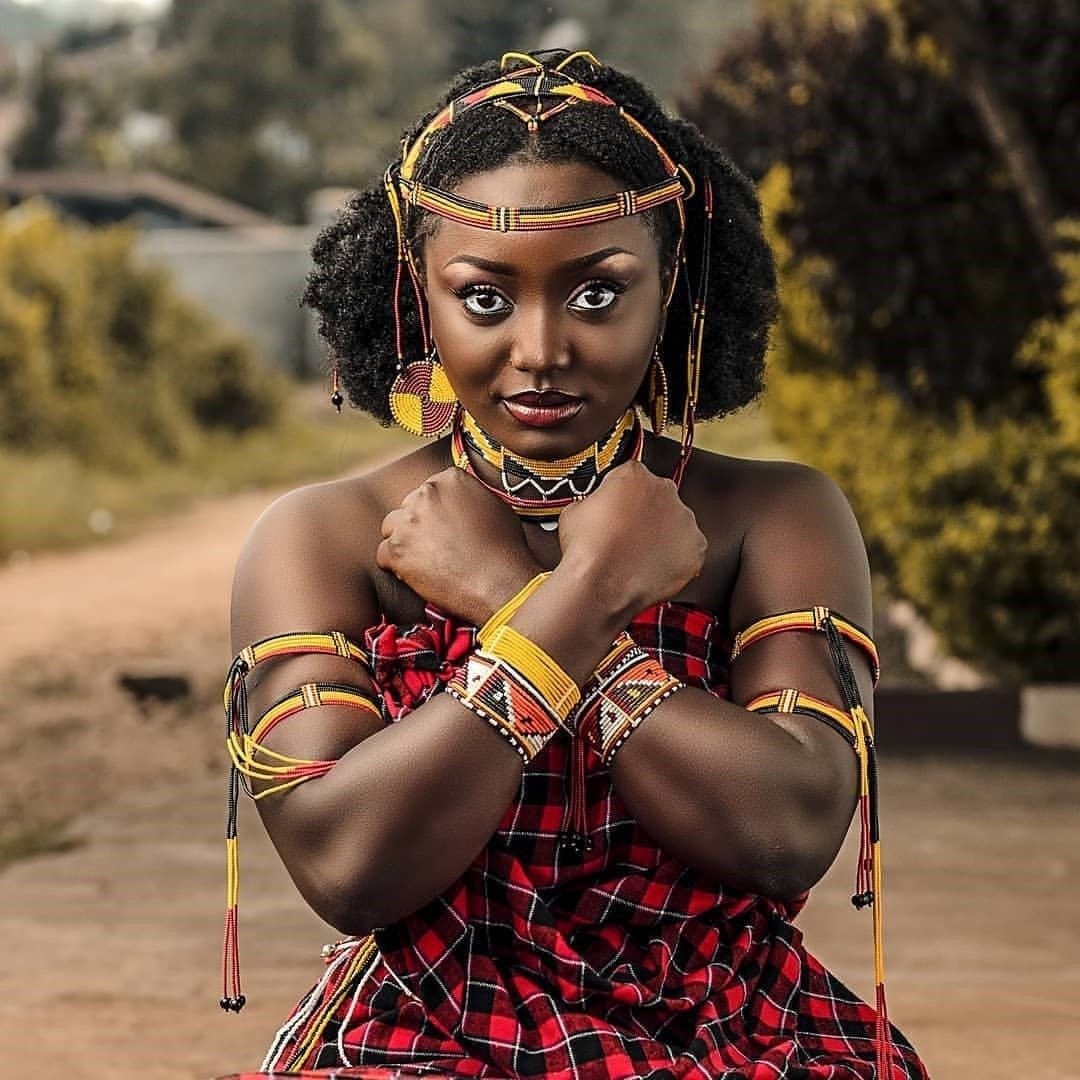
Thanks to their distinct languages and kingdoms, as well as the vast geographical and climatic differences between the regions, Uganda’s communities still retain many fascinating cultural distinctions.
These are commonly displayed through their music, dance, cuisine, crafts, folklore, and traditional healing rituals; and with the emergence of community tourism, visitors are now invited to discover this wonderful cultural mix for themselves.
Best Time for Safari
>Rwenzori Trekking – June to Mid September and January to February
>Game Drive Safari – All time of the year
Dry season – June to August and December to February
Average temperatures hover around 27°C/81°F in the afternoon and 16°C/61°F in the morning. It will be colder at altitudes above 1300m/4265ft, including the gorilla parks.
June, July & August – June and July are the driest months in the south, but it can still rain. Unlike the south, these months are part of the Wet season in the north. The far north, including Kidepo Valley, is semi-arid and can experience droughts some years.
December, January & February – Most of the south has less rainfall, but still more when compared to June and July. The north has a clear Dry season with little rain.
Wet season – March to May and September to November
Daytime temperatures average around 28°C/82°F and morning temperatures around 16°C/61°F. It will be colder in the gorilla parks at high altitudes and warmer in the north.
March, April & May – There is more rainfall throughout the country during these months, with a clear peak in April in the south. Most days have some sunshine as well. The rain can make travel more difficult.
September, October & November – These months are comparable to March, April and May but, on average, there is a bit less rain.
Time.
Local: Time is GMT + 3 hours.
Banking.
Banks and bureau de change are available at airports and in all major. Banks hours are from Monday – Friday 8:20am – 3:00pm, Saturday 8:30am – 1:30pm
Currancy value: Ugandan shilling : 1 USD = 3740 UGX 1Euro = 4200 GUX ( correct to June 2020).
Official Language.
English
Once all your route has been decided it is to enjoy the holiday and the safari not to worry about talking, we will take care of all the logistics and experiences.
How to get to the reserves?
National parks can be reached with both the safari jeep and light aircraft starting from two seats or higher and landing in an area of land that can sometimes be seen as elephant giraffe or antelope herds in lowering and close to the runway. When you land, a safari jeep will always be waiting for you with a guide.
Uganda is very diverse in its goals and the different paths and experiences you personally prefer to experience. From this variety it can be a little confusing to choose the right track for you.
This is also true for other countries in Africa.
We plan for you and the right dose for you if it is a safari only, a safari combined with one of East Africa’s summits (see trekking), a beach resort only and / or a combination of Uganda or Zanzibar’s magical beaches, and a fascinating Uganda safari trip.
Once all your route has been decided it is to enjoy the holiday and the safari not to worry, we will already take care of all the logistics and experiences from beginning to the end.
Getting to the national parks can be done by using both the safari vehicle and flight aircraft starting from two seats or higher and landing in runway with in the national parks and sometimes during the landing can be seen, elephant, giraffes or antelope herds while lowering and close to the runway.
At the runway, Sima Safari tour guide and safari car will always be waiting for you equipped with everything you need.
Weather And Climate.
Climate
Uganda experiences a temperate climate even though the majority of the country is within the Tropics with temperatures between 16 – 26’C for the majority of the year(April – November). However, during the warmer months (December – March) temperatures reach in excess of 30’C.

In general, the climate of Uganda is mainly influenced by: the dry N.E. and Northerly air masses which cause the dry weather in much of the north the dry South Easterlies which becomes moist after blowing over Lake Victoria thus causing the wet conditions in much of the south.
